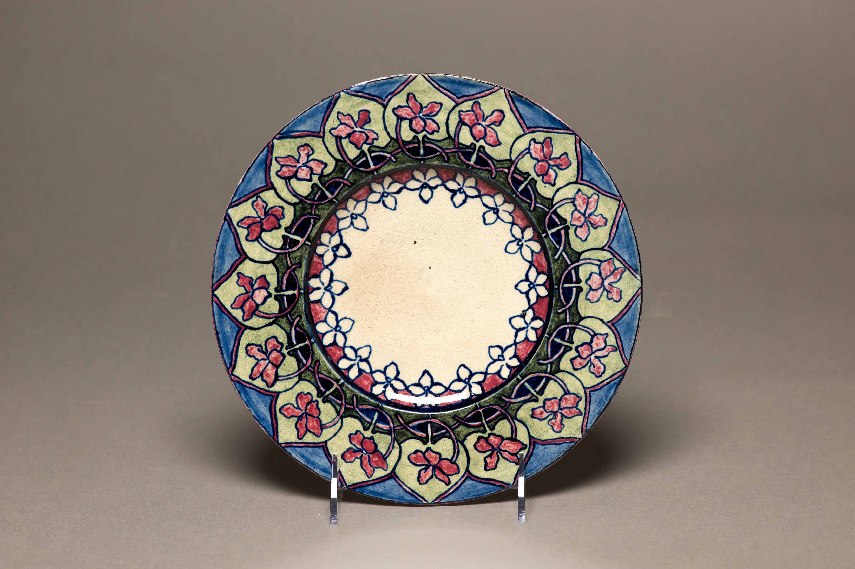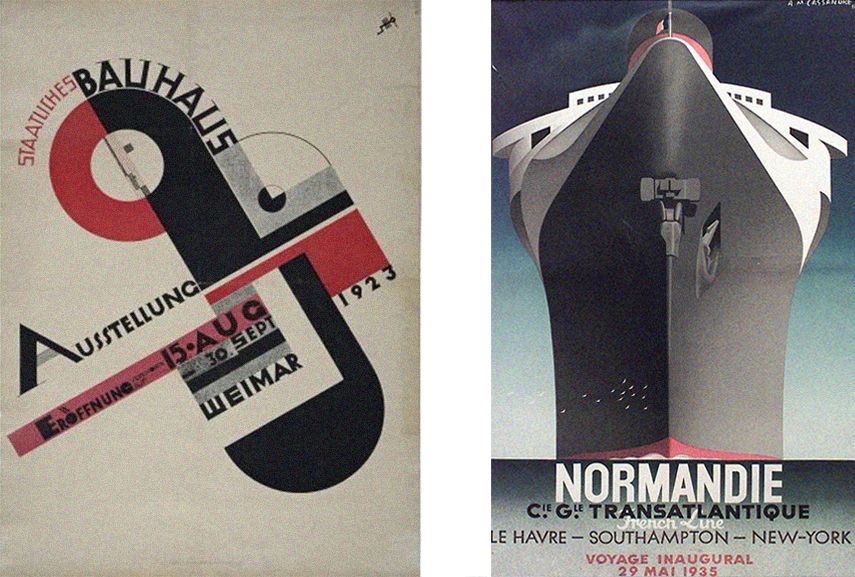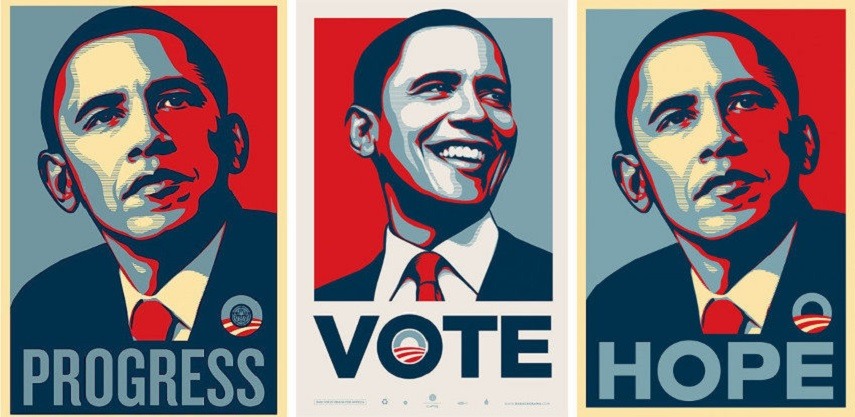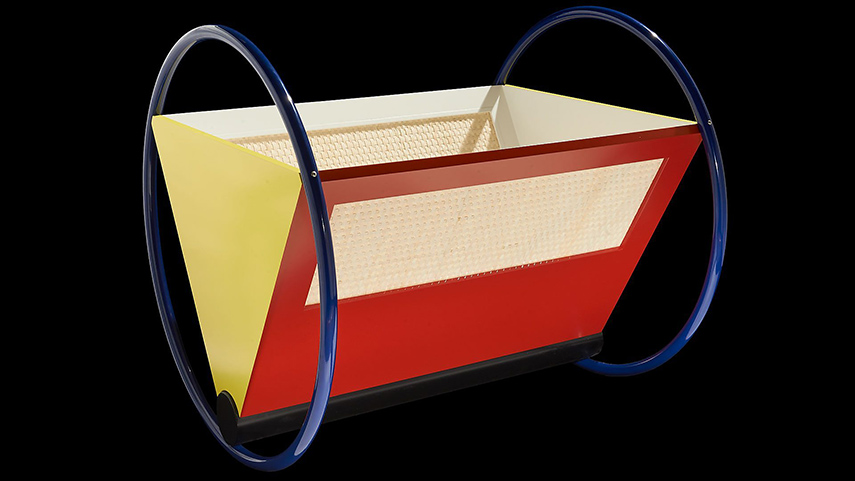What Earlytwentiethcentury Artdesign Movements Were Responses to the Industrial Revolution
Responding to the major society shifts, aftermaths of wars, and technological innovations, 20th century design movements were defined by upheavals. Fine art, design, theater and performances were all affected by the changes happening in the globe. Painters, sculptors, and designers used their skills to document such events and to implement new aesthetic ideas and styles which began to care for form, material, and technology in a completely new fashion. As recorders of time, 20th century design movements responded to the machine historic period of the 1920s society and started to produce design pieces influenced past the invention of mass-produced materials. Afterwards the wars, the need for a more humanist arroyo to the world influenced the embrace of natural materials and handmade objects. It became visible, very early on, that design was not only beautiful pieces decorating the homes simply an important archive for the understanding of the time and its changes.

What Factors Influenced the Innovations of the 20th Century Design Movements
In a similar manner as it influences artists, the past, and its characteristics helped to influence and inspire major designers and visual communicators. The periods of major conflicts, which have congenital the history of the world, accept also helped build visual languages across design and art disciplines. The time of the early 20th cenutury design movements was full of scientific and technological advances.[one] The world was forever changed by the innovations of the steam historic period which brought revolutions to the transportation, agronomics, and manufacture. The scientific advances influenced the mass production which was quick and adequately cheap. To understand the production of the early 20th century design movements one needs to bear in listen that economic and political factors played a major role in its definitions. The movements, such equally Arts and Crafts, forth with Bauhaus, responded to the mass produced objects. Led by the artist and designer William Morris, Craft move attempted to rise beyond the machines by promoting the return to the past to the catamenia craftsman took their fourth dimension to produce delicate furniture and wallpaper designs. The Bauhaus school embraced the engineering and innovations past attempting to re-define the notion of fine art schools. Taking abroad the boundary between art and pattern, the teachings and products of Bauhaus yet influence the design today.

The Different Roles of 20th Century Pattern Movements
In the second half of the 20th-century major social factors continued to influence the innovations in design. The period of the 1960s and 1970s were decades of major political and social changes. The student protests, the new demands of women , rise of consumerism , and the demonstrations against the Vietnam war influenced the communication of pattern works[2]. As these events were global events, designers needed to be aware of various cultural sensitivities when designing their works.
The use of propaganda, that had became popular during the period of the state of war, had put in focus the national pride and political views in early poster pattern works. During the 60s, the hippie movement not merely influenced the way and article of clothing fine art pieces, but it also helped to shape the psychedelic manner of affiche and painting pieces. The use of provocative language, the shift in the presentation of women, along with the use of the anti-war slogans, were all consequences of the demonstrations and the changes in the earth.

20th Century Design Movements Timeline
1850-1914: Arts and crafts Movement
1880-1910: Art Nouveau
1897-1905: Vienna Secession
1907-1935: Deutscher Werbund
1909-1930: Futurism
1916-1923: Dada
1917-1935: Constructivism
1917-1931: De Stijl
1919-1933: Bauhaus
1920-1980: International Way
1920-1939: Fine art Deco
1945-nowadays: Contemporary
1958-1972: Popular
1965-present: Post Modern Design
1981-1988: Memphis

The Glue Which Holds the Design Together
Art and design are both influenced by the politics, rise of technology, and the atmosphere of various periods. The produced pieces, poster works, or even the innovations of typography are all linked to the thoughts and challenges the various societies face. The economical, social, political, and cultural factors demand to be understood as guides which aid designers produce pieces which communicate with its public[iii]. Understanding aspects of the history of design assists us not only in the analyzing of both the historical and contemporary context just as an inspiration for future designers as well. The reference to the by and some of its revolutionary ideas gives depth to the piece. At times, the past may be on purposely challenged by new and progressive thoughts that are in abiding demand.

Editors' Tip: Century of Design, A: Design Pioneers of the 20th Century
This book tells this fascinating story, combining the history of modern blueprint movements with a chronological review of eighty tiptop designers, from Otto Wagner at the cease of the 19th century to Jasper Morrison, a young designer making an affect today. In between yous'll discover profiles of some of the well-nigh influential creative minds of the 20th century, including Frank Lloyd Wright, Walter Gropius, Eero Saarinen, and many others. The book is as cute to look at as it is exciting to read. It contains more than than 580 full-colour photos covering a wide range of objects that include article of furniture, glass, ceramics, metalware, industrial products, and household appliances. For anyone loving the 20th century pattern movements, this book truly is a must-have.
References:
All images are used for illustrative purposes only. Featured image: Koloman Moser - Pattern Design. Image via definepattern.tumblr.com
Source: https://www.widewalls.ch/magazine/20th-century-design-movements
0 Response to "What Earlytwentiethcentury Artdesign Movements Were Responses to the Industrial Revolution"
Post a Comment